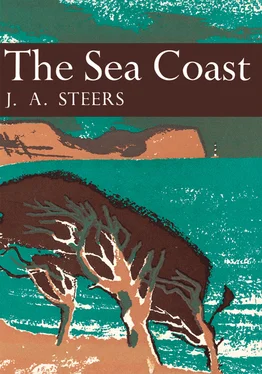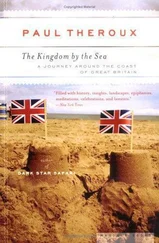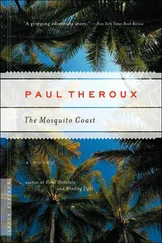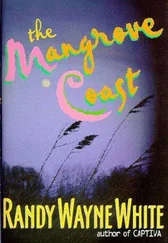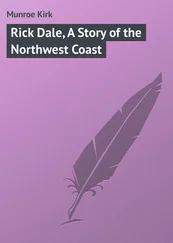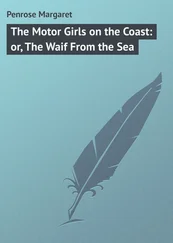Sheppard examined earlier records of the district and has shown that erosion has gone on continuously since at least Roman times. Records of the loss of land in four townships between 1086 and 1800 have been analysed. “The coast of Holderness, from Barmston to Kilnsea, is 34½ miles long. Assuming the land has been carried away equally throughout this distance, there has been a strip of land 1089 yards wide washed away, at the average rate of 7 feet 1 inch per annum (i.e. A.D. 1086 to A.D. 1800). If the denudation since Roman times has been at the same rate, 53,318 acres, or about 83 square miles, have been lost. This is equal to a strip of land 2½ miles in width for the whole of the distance.” 1 In 1885 Reid estimated the average annual loss at 2¼ yards. The rate, however, varies from time to time and also in place. Groynes put out to protect Withernsea, for example, have led to increased loss south of that town.
Erosion is severe along several parts of the coasts of Norfolk and Suffolk, and even in what are regarded as fairly hard cliffs it is often rapid. At Hunstanton a pill-box built on the cliff top during the 1939–45 war was partly undercut in 1948. 2 The sea eats into the comparatively soft Lower Greensand and so causes falls of the chalk above. It is estimated that the average rate of erosion between Hunstanton and Heacham is of the order of a foot a year. 3 This is interesting, since the mouth of the Wash might be regarded as a sheltered area. Between Sheringham and Yarmouth erosion is locally serious, and those familiar with the coast road near Bacton and the neighbouring villages will know that it has had to be relaid farther inland. At Overstrand the sea has cut well into the cliff and has nearly undermined a large hotel and some neighbouring houses (all now pulled down). (The storm of 31 Jan., 1953, did much damage at Bacton.)
It is impossible and also unnecessary to comment on all places where erosion is serious, but a few examples may be given. The figures below for the neighbourhood of Lowestoft 4 are revealing:
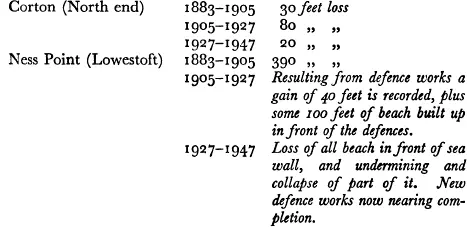
Lowestoft is in an exposed position, and is the most easterly point of this country. As explained here, the coastal drift is from the north, and much is held at Yarmouth, Of recent years also changes in the form of the sand banks off shore and of the set of the currents are held to be contributory causes of the severe erosion at Lowestoft.
The Isle of Sheppey affords another instance of loss. Between Scrapsgate and the jetty, south-east of Warden Point, along a total length of five and a half miles, the loss of land between 1865 and 1906 was 103 acres, or taking an average for the whole length of the line, an annual loss of 3.8 feet. At Warden Point itself the loss reached 9·7 feet a year on an average. The subsequent evolution of the part near Warden Point is shown in Figure 5. 1
Erosion takes place in harder rocks and cliffs, but as a rule very slowly. Records are scarce, and usually only occasional big slips, if the structure is favourable, or some spectacular change, are remembered. Chalk is a rock of intermediate hardness. Near Birling Gap, west of Beachy Head, no record is kept, but there is an estimated loss of two feet a year. This, however, is very erratic and irregular in its incidence. At Seaford there is said to be some erosion of the Chalk cliffs, but what changes occur appear to be mainly the result of frost action.
All round the coasts of Great Britain other examples could be found, and doubtless the reader will know some of them. Generalisations should be avoided, or at least used with discretion. The amount of erosion even in soft cliffs is often exaggerated, and the figures given show how it can vary with time. Local exposures of boulder clay such as those south of Aberystwyth, or those west of Criccieth, retreat comparatively quickly. These are mentioned because Cardigan Bay may all too readily be dismissed as a coast wholly formed of hard rocks. The damage in 1938 at Aberystwyth itself is worth bearing in mind.
Erosion is not a serious problem in Scotland. There are some places which are affected, but seldom to the extent of those in England.
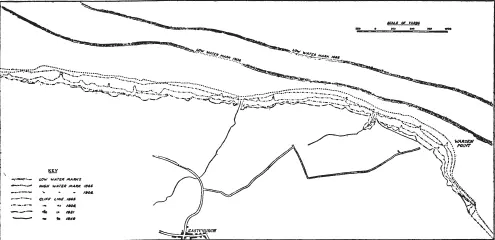
FIG. 5 Erotion in the Isle of Sheppey
(After F. W. S. Stanton and Ministry of Town and Country Planning)
The Royal Commission in 1911 reported on several cases including, for instance, the Wigtownshire coast of Luce Bay between Sandhead and Drummore where local erosion has cut into the main road. Along the coast of Ayrshire and also in Arran the raised beaches (see here) which closely follow the coast and carry the main road are subject to some erosion. At Golspie, in Sutherlandshire, the erosion was estimated at two yards a year, a very high rate for any part of the Scottish coasts. It is still active at this place. There is also local erosion at several places along the coasts of Moray and Banff, including the Bay of Gamrie in which the picturesquely placed villages of Crovie and Gardenstown are situated. There are several other places along the east coast where erosion occurs, but in nearly all the Scottish examples the reason given to the Royal Commission was the same, namely, the local removal of shingle. It is instructive to quote from their Report: “This erosion (on the East Sands) has been going on for a long time, and within the last ten years the coastline appears to have receded about 20 or 30 feet. The erosion principally affects the property belonging to the University of St. Andrews, and it appears to have been accelerated by the removal of materials under the authority of the Corporation—who claim the foreshore—from the beach. The representative of the Corporation who gave evidence admitted that the removal greatly assisted the erosion.” Removal of beach material may be important. The force of the sea expends itself on the beach, and if sand and shingle are indiscriminately taken away, especially from places where natural replenishment is slow or absent, erosion is bound to occur.
Conditions at Stonehaven afford an interesting example of local erosion. In recent years the town beaches have suffered a continuous loss of material. The littoral drift carries away material to the south, but the supplies from the north have not kept pace. Every now and again considerable quantities of material are deposited on the Stonehaven beaches, and across the mouth of the River Cowie. This in turn may cause the river to change its course near high-water mark, and also, since its velocity is thereby reduced, makes it unable to carry as much suspended material as usual to the sea. Thus a gradual rise in the level of its bed can take place. If then there follows a heavy flood, the impounded water of the Cowie breaks through the shingle, and this occasionally leads to severe scouring of the bed and banks of the river. A sudden lowering of the river bed by as much as four feet has been known to occur in a few hours following a single rain storm. 1
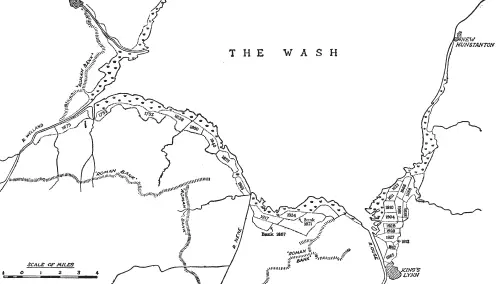
FIG. 6
Reclamations in the Wash. (After O. Borer)
In Chapter 6the way in which accretion occurs on Salt Marshes, and the speed of the process, are considered. Here we must turn to the wider question of accretion in general and the inning or embanking of slob lands. Accretion is most likely to occur in sheltered inlets, estuaries, or behind shingle bars. To study the process in action the coasts of the Wash should be visited. Figure 6 shows the position and extent of many recent reclamations. Since Roman times it is estimated that 8000 acres have been gained on the Norfolk side of the Wash, and in South Holland 37,000 acres. In early days banks were often built rather prematurely, but now it is realised that the longer the period of natural accretion goes on, the better the land reclaimed. In the Wash warp begins to be deposited at about +5 feet O.D.; neap tides rise to +8 feet, and at this level Salicornia spp. appears. At about +10 feet it is replaced by grasses. Nowadays, the foreshore outside a new bank becomes grass marsh in approximately ten years, but to get the best results it is left in a natural condition for another twenty or twenty-five years. The salt marshes in the Wash carry a vegetation typical of east coast estuaries— Salicornia spp., Suaeda maritima, and Aster tripolium give place to Puccinellia maritima and Obione portulacoides along the creeks. Spartina townsendii has been introduced. In 1925 there was a little at Wolferton and on the banks of The Cut; today there are extensive areas between Wolferton and North Wootton. Since Puccinellia is much grazed, there is no further development until the marsh is embanked. Limonium and Armeria are absent, and the only other species worth noting is Cochlearia officinalis. An interesting fact is the speed at which the ordinary halophytes 2 disappear once a marsh has been reclaimed; even within a year they have been replaced by docks, nettles, thistles, buttercups, and daisies. Since 1932 much of the reclaimed land has been ploughed, and it yields good crops. The saline origin of the ground still, however, shows in the drainage ditches; in one example in a ditch of a marsh reclaimed in 1904, Puccinellia maritima remained the dominant plant in 1945. A pond in a reclamation made in 1865 was 80 years later still fringed by Scirpus maritimus, Puccinellia maritima, Aster tripolium and Spergularia salina. If water drains from the upland, fresh water aquatics only come in very slowly. 1
Читать дальше
